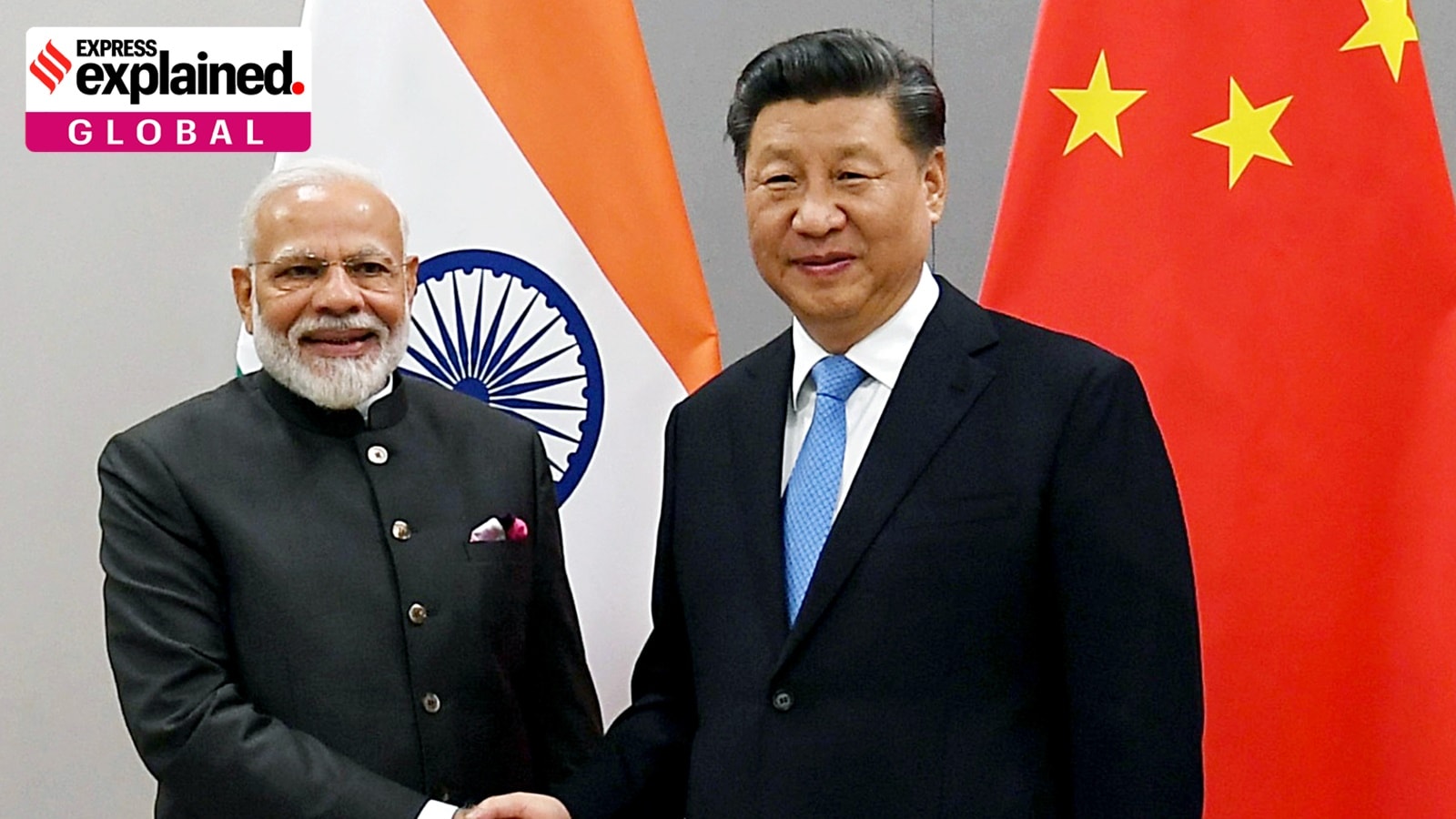 |
|
The article delves into the complexities of the potential visit of Indian Prime Minister Narendra Modi to China for the Shanghai Cooperation Organisation (SCO) leaders’ meet, framed against the backdrop of escalating trade tensions between the United States and India. The initial catalyst for this unfolding scenario was President Donald Trump’s threat to impose a 25% tariff on Indian imports, a move precipitated by India's continued oil purchases from Russia despite the ongoing conflict in Ukraine. This action introduced a layer of economic pressure that seemingly influenced subsequent diplomatic maneuvers. Shortly thereafter, speculation arose in the Indian media regarding Prime Minister Modi's possible attendance at the SCO summit in Tianjin, China. This summit brings together leaders from nine member nations, a group that includes India, China, Pakistan, and Russia, representing a significant geopolitical bloc with diverse interests and perspectives. The SCO is generally seen as a counterweight to Western-dominated international organizations, providing a platform for member states to coordinate on security, economic development, and regional cooperation. The potential Modi visit, therefore, carried considerable weight, suggesting a recalibration of India’s foreign policy strategy in response to external pressures. Some Chinese analysts interpreted the potential visit as a signal of India hedging its options in the global arena, using the Chinese expression “liang tou chi,” which translates to “to have the cake and eat it too.” This phrase implies that India was attempting to maintain favorable relationships with both the West and the East, benefiting from the advantages of both while avoiding exclusive alignment. Such a strategy, while pragmatic, could be viewed with suspicion by both sides, raising questions about India’s long-term commitments and allegiances. The timing of China’s enthusiastic welcome of Prime Minister Modi's potential visit coincided directly with Washington's escalation of the trade offensive, involving an additional 25% tariff on specific imports, effectively pushing the total levy to 50%. This sequence of events suggests a calculated move by China to leverage the situation to its advantage, potentially drawing India closer into its sphere of influence amid worsening relations with the United States. However, the news of the potential visit has also elicited sharp reactions within China, indicative of internal debates and concerns about the implications of closer ties with India, particularly in the context of unresolved border disputes and historical tensions. The article highlights that Prime Minister Modi had previously visited China in 2018 on two separate occasions, first for an informal summit in Wuhan in April, and later for the SCO Heads of State meeting in Qingdao in June. These previous visits established a precedent for high-level engagement between the two countries, laying the groundwork for future interactions, despite existing challenges. This time, the Chinese response has been noticeably proactive, with state-run media outlets like Xinhua news agency and the Chinese Foreign Ministry spokesperson welcoming the visit even before an official announcement from New Delhi. This preemptive welcome underscores China's eagerness to engage with India and signal its willingness to improve bilateral relations. Furthermore, the English tabloid Global Times, affiliated with the Chinese Communist Party, published an editorial criticizing Western media reports that framed the visit as a “hedge against” the US. The editorial emphasized that India and China share numerous common areas of cooperation, implying that the visit should not be interpreted solely through the lens of geopolitical competition. This suggests an attempt to downplay the strategic implications of the visit and portray it as a routine engagement between two major powers with shared interests. The complex interplay of economic pressures, geopolitical maneuvering, and historical tensions creates a nuanced backdrop for Prime Minister Modi's potential visit to China. The visit has the potential to reshape the dynamics between India, China, and the United States, with far-reaching implications for regional stability and global power balance. The outcome of the SCO summit and the bilateral discussions between Modi and Chinese leaders will be closely watched by the international community, as they could provide valuable insights into the future direction of these crucial relationships.
Source: Why many Chinese foreign affairs analysts reacted critically to PM Modi’s likely China visit
